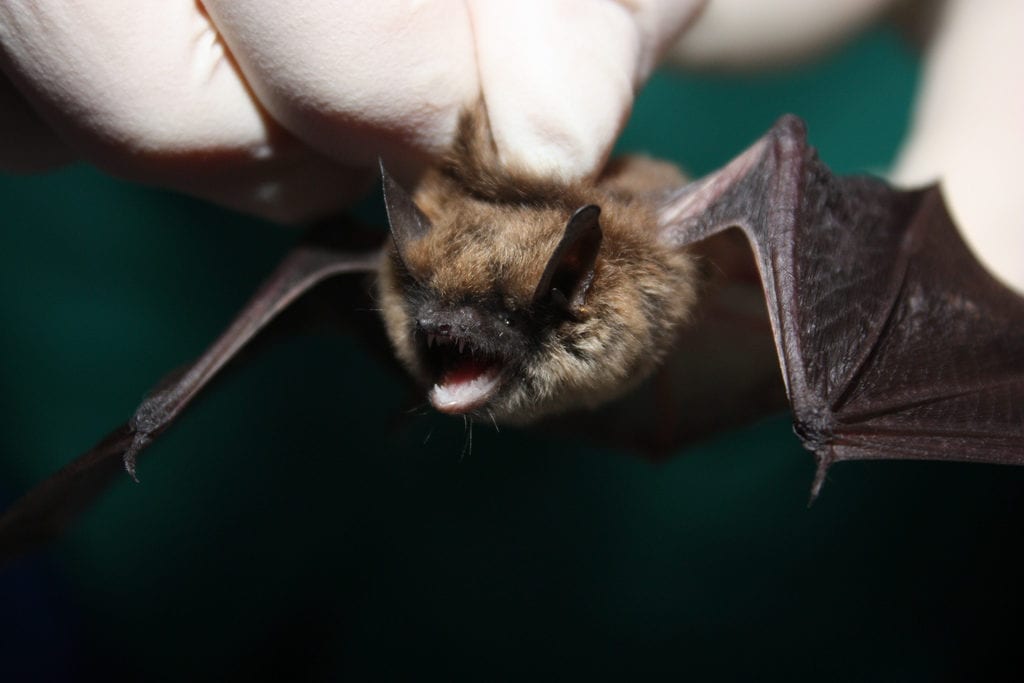
White-nose syndrome is a nightmare, almost literally, for hibernating bats. The fungus that causes white-nose syndrome stressing bats out and speeds their metabolism so that they wake up hungry and low on energy, and with itchy, irritated skin. Infected bats might leave their hibernacula in search of food that just isn’t available in the middle of a Maine winter, and often die as a result of starvation or exhaustion, or simply die in the cave.
A staggering 80-90% of Maine’s hibernating bats have died as a result of white-nose syndrome in just under decade. Cruelly, bats huddling together for warmth in winter caves helps spread the fungus among individuals, meaning that one affected bat can quickly result in most bats in a hibernaculum becoming infected. However, scientists are finding that some rare bats in Acadia National Park may be avoiding white-nose syndrome by avoiding group hibernation altogether and instead wintering in an unusual place: the park’s rocky talus slopes.
As weathering and erosion work on a cliff face, boulders and rocks tumble down and pile up below forming what’s called a scree field. These relatively-inaccessible jumbles of stone hide all kinds of nooks and crannies that provide habitat for creatures like snakes and voles. But these rock fields were not known to host bats, until scientists expecting to follow them on their southward migration instead followed them into the scree fields. Bats were seen working their way into tiny crevices and min-caves made between the tumbled boulders, and hibernating.
It was an entirely new habitat, and, coincidentally, a lucky way to avoid white-nose syndrome. Unlike in caves where bats are huddled together in hundreds or thousands, these scree bats were hibernating solo or in small groups, thus minimizing their contact with the fungus and hastening its spread.
Scientists are still studying Acadia’s scree-sleeping bats, monitoring more than 30 talus slopes around the Mid-Coast region. The discovery of this habitat has been an important development for scientists combating white-nose syndrome and hoping for a rebound of decimated Maine populations.
